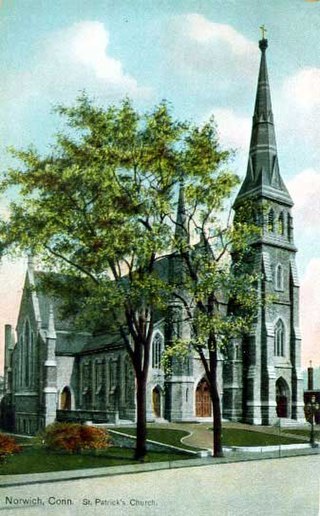
James Murphy, FAIA, (1834–1907) was an Irish-American architect active in late-nineteenth- and early twentieth-century New England, who designed numerous Roman Catholic churches and related structures.
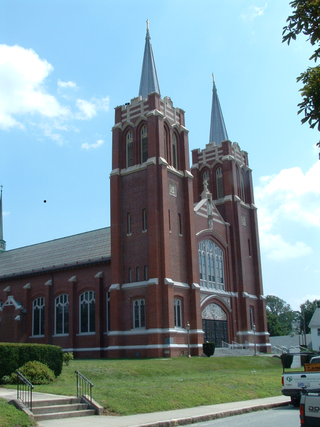
John W. Donohue, AIA (1869–1941) was an American architect who was active in Western Massachusetts during the first half of the 20th century.

Elbridge Boyden (1810–1898) was a prominent 19th-century American architect from Worcester, Massachusetts, who designed numerous civil and public buildings throughout New England and other parts of the United States. Perhaps his best known works are the Taunton State Hospital (1851) and Mechanics Hall (1855) in Worcester.
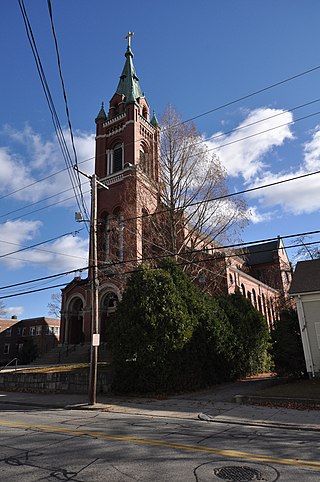
Walter F. Fontaine was an American architect of French Heritage from Woonsocket, Rhode Island.

Shepard S. Woodcock (1824–1910) was an American architect practicing in Boston, Massachusetts during the second half of the nineteenth century.
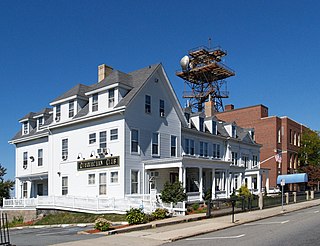
Nathaniel Cannon Smith (1866–1943), professionally known as Nat. C. Smith, was an American painter and architect of New Bedford, Massachusetts.

Frost, Briggs & Chamberlain, later Frost & Chamberlain and Frost, Chamberlain & Edwards, was an early 20th century architectural firm out of Worcester, Massachusetts.

Lucius W. Briggs (1866-1940) was an American architect practicing in Worcester, Massachusetts.

C. Willis Damon (1850-1916) was an American architect from Haverhill, Massachusetts.

Holman K. Wheeler was a prolific Massachusetts architect. Wheeler is responsible for designing more than 400 structures in the city of Lynn alone, including the iconic High Rock Tower which is featured prominently on the Lynn city seal. While practicing in Lynn and Boston over a career spanning at least 35 years Wheeler designed structures throughout the Essex County area, including Haverhill, Marblehead, Newburyport, Salem, Swampscott, and Lynn. Wheeler is responsible for a total of five Lynn structures listed on the National Register of Historic Places, more than any other person or firm.

Wesley Lyng Minor (1851–1935) was an American architect in Massachusetts.
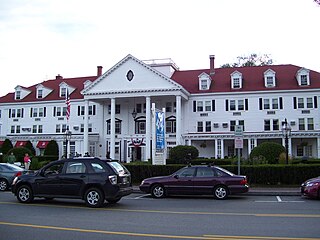
S. Wesley Haynes (1892–1983) was an American architect from Massachusetts.
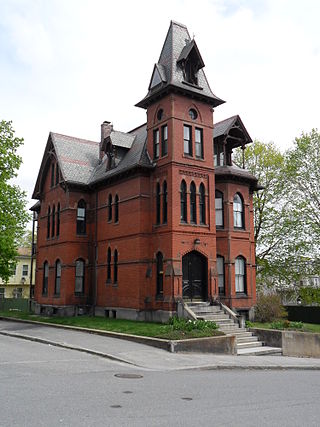
Amos Porter Cutting (1839–1896) was an American architect from Worcester, Massachusetts.

William R. Walker was an American architect from Providence, Rhode Island, who was later the senior partner of William R. Walker & Son.

Cutting, Carleton & Cutting was an American architectural firm, with offices in Worcester, Massachusetts, active from 1895 to 1932.

John Ashton (1861-1953) was an English-born American architect from Lawrence, Massachusetts.

J. Williams Beal, Sons, successor to the office of J. Williams Beal, was a successful architectural firm based in Boston, Massachusetts. Established in 1920 by the sons of the late architect Beal, it remained in business into the 1980s.
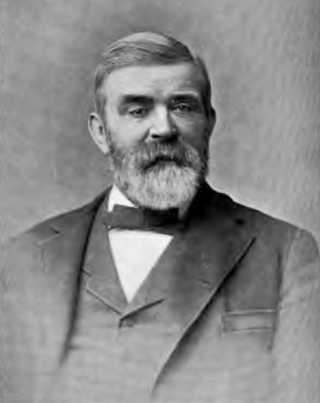
Henry Warren Rogers (1831-1915) was an American architect practicing during the late nineteenth and early twentieth centuries in Lynn, Massachusetts.
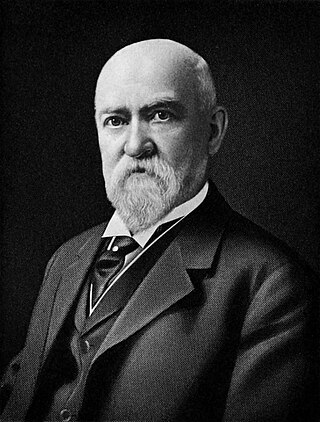
Eugene C. Gardner (1836–1915) was an American architect and author of Springfield, Massachusetts. Gardner was noted both for the architectural influence of his extensive practice as well as his writings on the American home. Gardner was the most notable architect of Springfield.

Francis R. Richmond (1851-1907) was an American architect practicing in Springfield, Massachusetts.





















